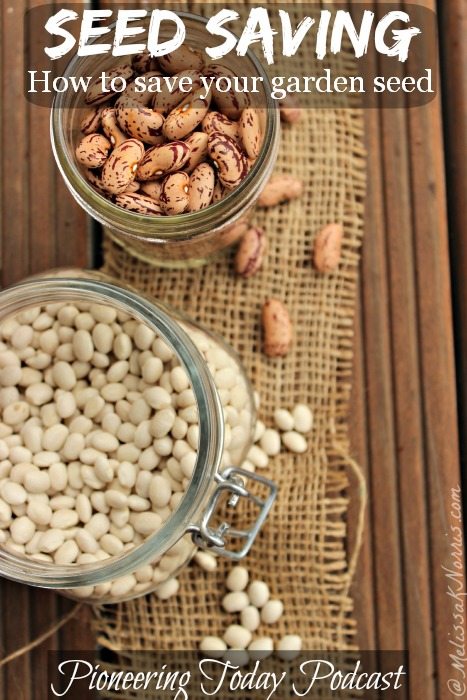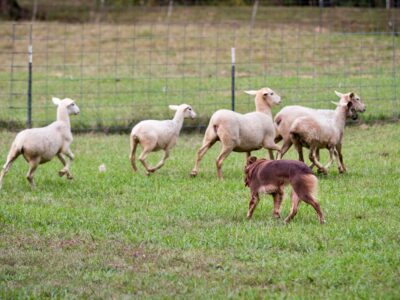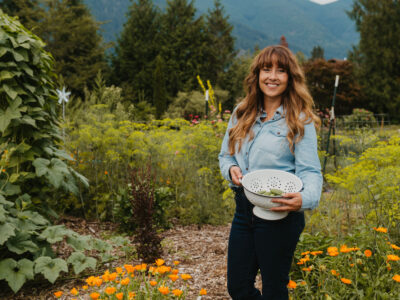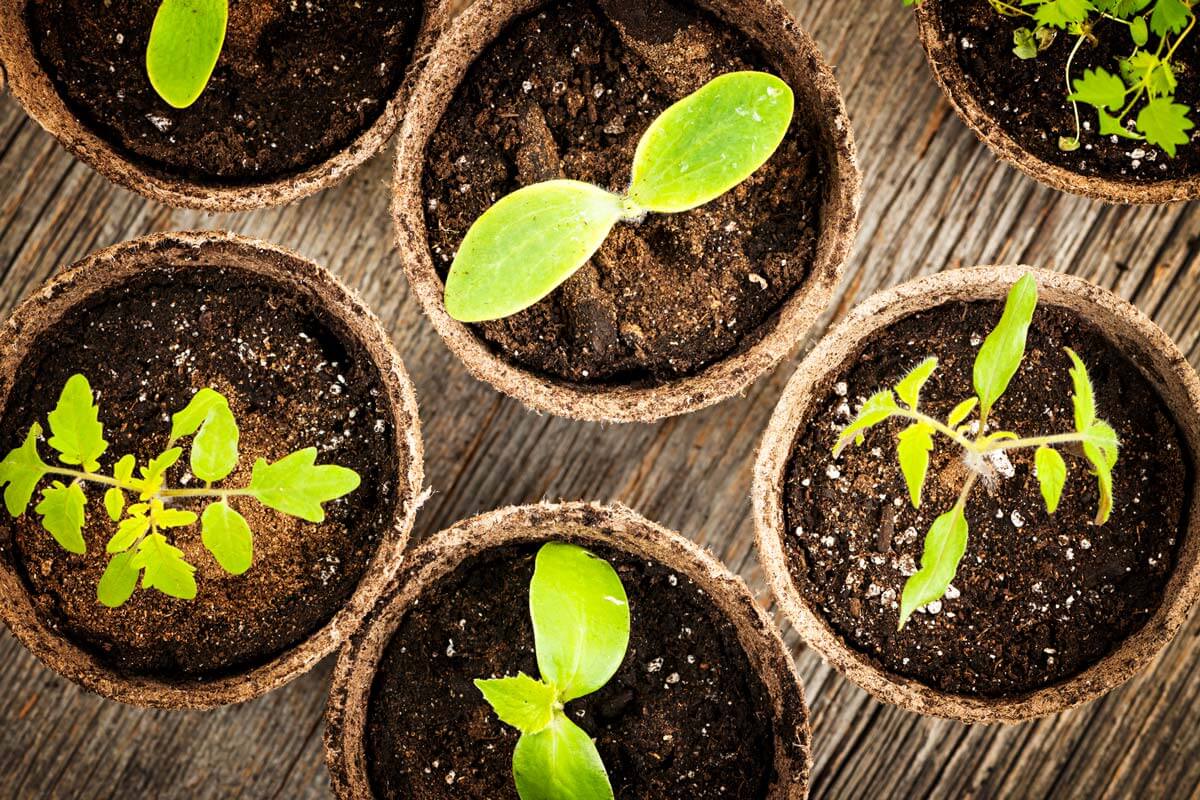Seed saving is one of the lost arts to many modern gardeners. It's my aim to change that. Learning how to seed save is one of the most important skills you can do for you self-reliance, preparedness, and frugal nature. It's also an important tradition we're in danger of losing.
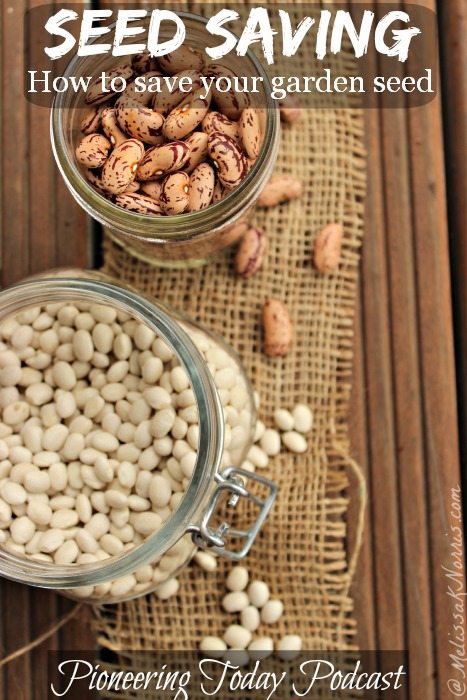
I post new episodes every other Friday morning. You can subscribe via RSS and receive every episode for free.![]()
Or subscribe via Itunes
We've been saving our own bean seed for over a hundred years as far as I can tell. Seed saving is something I love to talk about.
You can only successfully save heirloom garden seed. I recommend Baker Creek Heirloom Seeds if you're looking for heirloom seed.
Reasons to seed save are no cost for garden seed, it's frugal ya'all! It's the only way to be self-reliant, prepared and what the pioneers used. It keeps us from being dependent on stores. Did I mention it's free? Yeah, I kind of love that. But more importantly I love the taste of heirloom seeds.
Want to know what are GMO seeds and what is the real difference between heirloom, hybrid, and GMO seeds? Here's my intro on Heirloom Garden seed. You can also get my free e-book Heirloom Gardening Guide-Plant to Save Money here. Can you tell I'm a little bit in love with heirloom seeds?
Don't know if your seed is heirloom? Just put the name of you variety in Google and see if it's heirloom or hybrid.
Hybrid seed is usually sterile, or if you do get it to sprout, the harvest won't taste right, grows stunted or unlike the plant it was saved from.
Reader Question of the week: How do you save pea and cucumber seeds?
Answer: You save peas the same way you do bean seed. Cucumber seeds need to be fermented, following the steps for tomatoes below. However, cucumbers will cross-pollinate so if you didn't take measures to keep them from cross-pollinating, you may get a new variety when planting next spring.
To save seed you need to let it get overripe and go past the point you'd eat it at. Let it get mature.
Bean and tomatoes are self-pollinating plants for the most part. You don't have to worry about cross-pollination with seed saving. I still separate two kinds of white beans if planting in the same garden space. Here are pictures on stages and how to save bean seed.
You can pull up the bean vines to continue drying and maturing if a big rain or hard frost is coming. Otherwise allow them to mature and dry on the vine. You can hand shell the beans (this is the method we do). Bean should be hard. If your fingernail makes a mark, it needs to continue drying. You can store beans in the dry pod in a bucket in a dark cool place, but you run the greater risk of mold, so be sure to check periodically.
To let seeds dry put on a rimmed cookie sheet and allow them to dry out of direct sunlight. Seeds should not be touching. If seeds are allowed to reach 95 degrees or higher, they'll no longer be viable. If you have high humidity, you can put a fan on low on the seeds for the first day or so.
Some people like to store their seeds in the freezer. We did not have luck with this method. Plus, if you lose power, your seeds may thaw and have too much moisture if you're not ready to plant right away.
We store our seeds in a glass jar on the pantry shelf, out of the light and away from moisture.
For tomato and cucumber seeds you need to ferment them. Seeds that are in really wet plants have a special gel to keep them from germinating or sprouting while inside the tomato or cucumber. Fermenting breaks down this coating and also kills any seed borne diseases or bacteria.
Cut your tomato in half. Scoop out with a spoon or your hand the seeds and the gelatin-like coating surrounding them, they'll be wet and sticky. Place in a clean glass jar. I use these Fido jars without the rubber gasket. You can also use a Mason jar and cover it with cheesecloth or plastic wrap with holes. It needs oxygen to ferment. However, if not using the Fido jar it will stink and you might want to store in the garage.
Stir the seeds once a day. Look for bubbles and mold. Once mold covers the entire surface of the seeds (can take between 1 and 5 days, mine took 3 days this year), pour water into the container. The good seeds will sink to the bottom, the hollow seeds and the rest of the ick will float to the top. Pour off the junk, being careful not to pour out the tomato seeds. Continue doing this until they're clean.
Put seeds in a fine mesh wire sieve and rinse well. Use an absorbent towel and then place seeds on a high gloss plate or rimmed cookie sheet. Be sure they're not touching. Stir every few hours the first day with your fingers, then once a day.
Make sure to label each variety of seed your saving. Only save seed from healthy plants. Be sure to save seed from several plants. You'll eventually create a garden of your best producing and tasting plants, completely tailored to you and your growing climate!
Do you seed save? I'd love to hear any stories about your seeds that you've been saving.
